Mar 24, 2017
Three people, and one animal, that could still kill Keystone XL
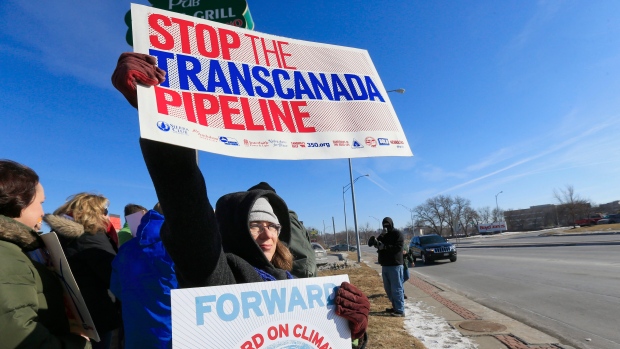
Despite winning the Keystone XL presidential permit it has sought for nearly a decade on Friday, TransCanada still faces a litany of issues that could still kill the controversial oil sands pipeline proposal.
Below, BNN takes a look at three individuals in particular -- and one animal -- with the power to stop, or at least delay, the 1,851-kilometre project before it proceeds with kilometre one.
JANE KLEEB
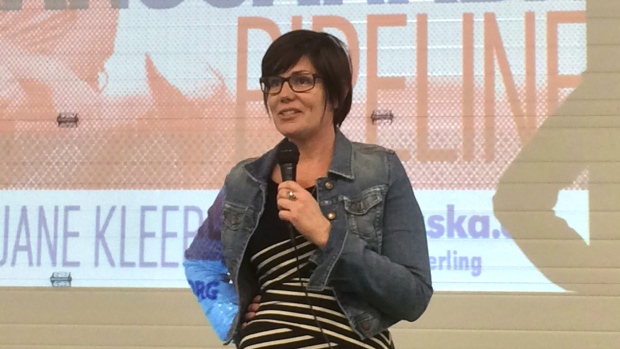
The founder of anti-pipeline activist group Bold Nebraska has been remarkably successful in organizing opposition to the first two attempts at approval of the TransCanada’s project.
Prior to former U.S. President Barack Obama’s initial rejection of the project in 2012, her group was among the first to hold protests and rallies highlighting the risk the originally-proposed route posed to the Ogallala Aquifer, which serves as the primary source of drinking water for millions of Americans. After Calgary-based TransCanada reapplied in mid-2012 with a new route that specifically avoided the aquifer, Bold Nebraska successfully encouraged landowners with property along the new route to resist signing easements for the pipeline to traverse their land.
To this day, TransCanada is still struggling to win the support of every landowner along its latest route proposal.
While the Nebraska Public Service Commission PSC could technically grant TransCanada authority to plow through properties that refuse to sign a deal via a legal process known as eminent domain, various opposition groups, including Bold Nebraska, are already moving to intervene in the PSC review process. Technically, the PSC review could result in a negative decision that would effectively kill Keystone XL despite having federal approval.
TOM STEYER
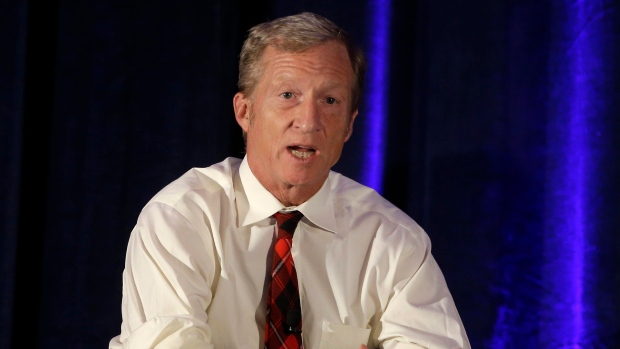
Money talks -- and the billionaire founder of Farallon Capital has more than enough to get loud. And he didn’t even have to dip into his coffers to get his point across Friday a few hours after the presidential permit was confirmed.
“Trump promised the Keystone XL pipeline would be built with American steel or it wouldn’t be built, period. He lied.,” Steyer wrote in a statement.
Steyer has spent several years funding opposition groups not just to Keystone XL but anyone willing to oppose the development of pipelines in general and those that serve the Canadian oil sands in particular. In the 2014 U.S. midterm elections, Steyer raised US$100 million specifically to fund candidates willing to speak out against Keystone XL; at the time nearing its second regulatory review. He spent millions of dollars funding the creation and airing of television ads making the case against the project. Steyer even starred in one of the ads himself and another, in August 2013, featured an actor intended to portray TransCanada CEO Russ Girling jumping into a pipeline as if it were a waterslide that was deemed too offensive to be aired on the Washington, D.C. affiliate of NBC.
The plan was for the ad to coincide with then-U.S. President Obama’s August 8th, 2013 appearance on The Tonight Show with Jay Leno. While Steyer may not be appearing in any new ads, it is entirely possible he will happily continue to open his wallet to anyone he believes has a chance at stopping Keystone XL.
KEVIN BRADY
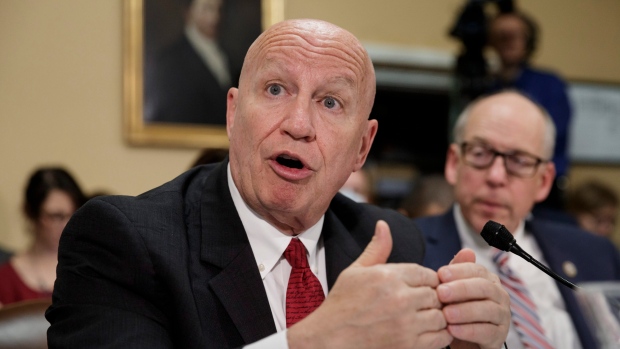
The Republican member of the United States House of Representatives for Texas’s 8th congressional district could very well prove to be the one person most capable of putting the kybosh on Keystone XL, even if Brady does not actually oppose the pipeline directly. As the chief author of the governing party’s tax reform plan, Brady said last month a border adjustment tax would be a “critical” component of the legislation he intends to make public at some point in the next few months.
The most important consequence of a border adjustment tax applying to Canada as far as Keystone XL is concerned would be to dramatically reduce the incentive for U.S. refiners to buy oil sands crude the pipeline is designed to ship to the Gulf Coast region. If refiners have to pay more tax for supplies from Canada compared to elsewhere, the basic rules of economics dictate they will seek their supplies from elsewhere. If refiners lose interest in acquiring the products oil sands producers currently want to ship on Keystone XL, then producers will simply not use the line and if producers lose interest then TransCanada can hardly justify the roughly $10-billion cost of construction.
THIS DONKEY
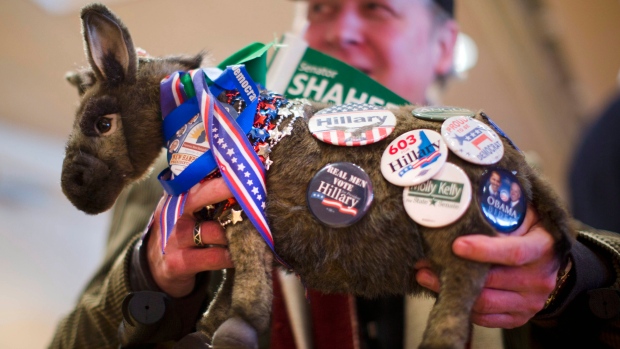
Serving as the unofficial symbol of the United States Democratic Party since Andrew Jackson was labelled a “jackass” by his opponents in 1828, the donkey serves as a reminder that not every American supports Keystone XL.
What’s more, political cycles in the United States have a way of beginning the same moment the last one ends. Already, there are 15 leading Democrats seen as contenders for their party’s 2020 nomination and literally every single one of them has at one point or another publicly opposed the project. Polls suggest members of the party are far less supportive of Keystone XL than their Republican counterparts and even though the next presidential election is still years away, there are midterm elections taking place barely 18 months from now in the fall of 2018 and if the Democrats pull off the same kind of upset that handed the GOP both houses of Congress in 2010, that donkey could become far more formidable an opponent to Keystone XL than the project’s own supporters might expect.




